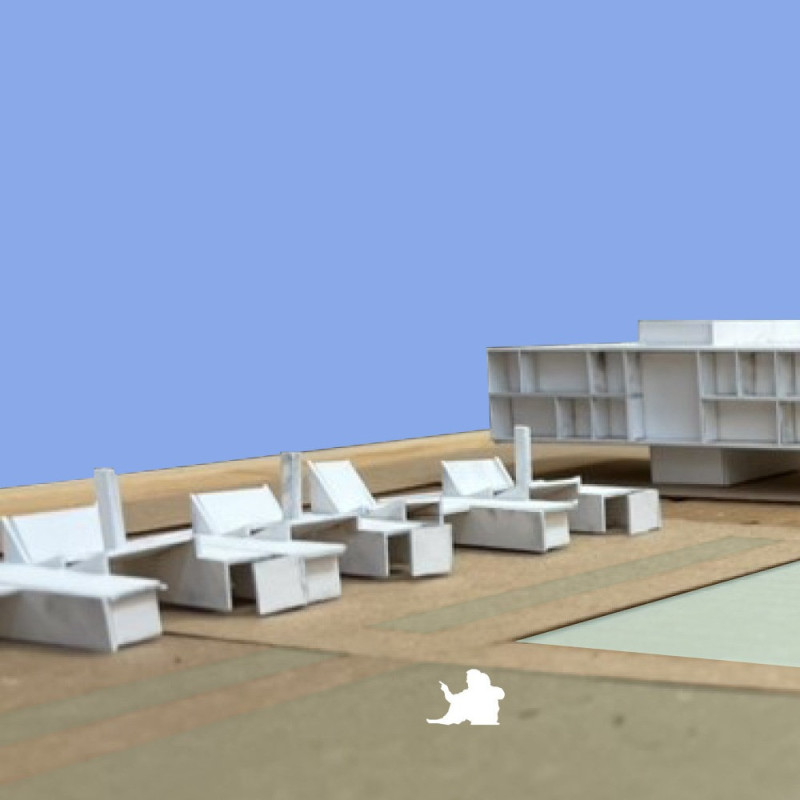5 key facts about this project
The building features a distinct façade that integrates multiple textures and materials, including glass, steel, and concrete. This combination is not only visually appealing but also enhances energy efficiency through the utilization of high-performance glazing and insulation. The design incorporates large windows to promote natural light and offer views of the city, fostering a connection between indoor spaces and the external environment.
One of the notable aspects of this project is its emphasis on green architecture. The roof is designed as a green space that provides environmental benefits, such as stormwater management and reducing the urban heat island effect. This rooftop garden also serves as a recreational area for residents, contributing to the overall well-being of occupants. The integration of solar panels into the roof design reflects a commitment to renewable energy sources, furthering the project's sustainability goals.
The architectural layout is characterized by open-plan living spaces that facilitate flexible use, accommodating various lifestyles and needs. Common areas are strategically placed to encourage interaction among residents, fostering a sense of community. The design incorporates multiple entrances, improving accessibility and pedestrian flow. Each unit is equipped with modern amenities that enhance comfort and convenience, making the project appealing to a diverse range of occupants.
A unique aspect of this development is its incorporation of art into the design. Local artists were commissioned to create murals and installations that reflect the culture of the neighborhood, thereby enriching the public space and creating a sense of identity. This integration of art not only beautifies the environment but also engages the community in the design process.
The project also prioritizes sustainability through its material selection. Environmentally responsible materials, such as reclaimed wood and low-VOC (volatile organic compound) finishes, were utilized throughout the building. This attention to materiality not only reduces the environmental impact of construction but also promotes healthier indoor air quality for residents.
In summary, this architectural design project exemplifies a forward-thinking approach to urban living, balancing functionality with sustainability and community engagement. The unique integration of green elements, artistic features, and an emphasis on materiality sets it apart from traditional developments. Readers are encouraged to explore the architectural plans, sections, and design ideas presented in this project to gain deeper insights into its innovative approach and detailed execution.


 Sebastian Ignacio Rodriguez Martinez
Sebastian Ignacio Rodriguez Martinez 























